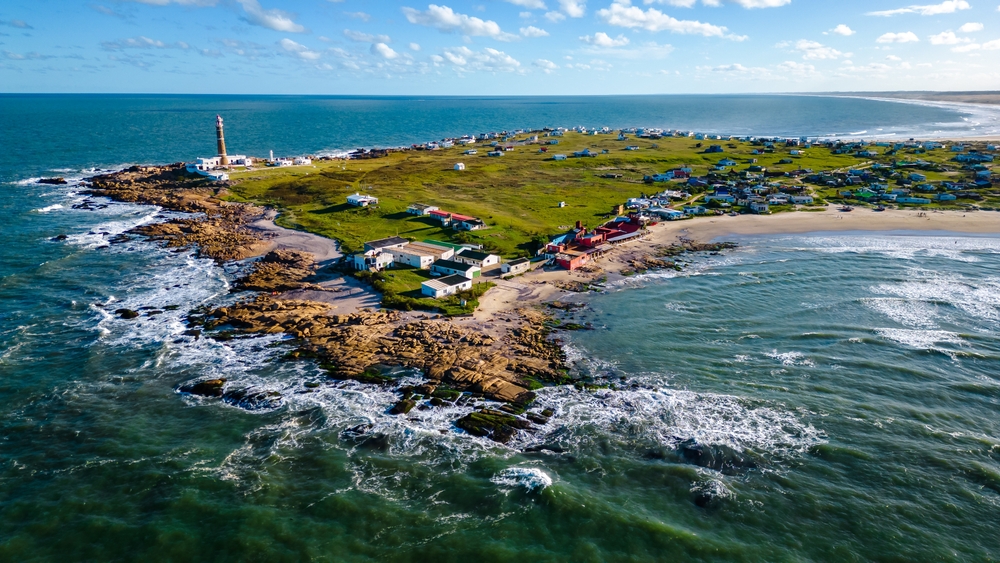San Miguel Overview
San Miguel National Park, known locally as Parque Nacional San Miguel, is a protected area located in the Rocha Department of Uruguay, near the border with Brazil.
Covering approximately 13 square miles (35 square kilometers), the park is renowned for its rich biodiversity and historical significance.
The park’s terrain is characterized by a mix of lush forests, rolling hills, and sparkling waterways. Visitors can explore a variety of trees, flowers, and native wildlife that thrive in this protected environment.
Wildlife enthusiasts will find San Miguel National Park particularly appealing. The park is home to a diverse array of fauna, including capybaras, armadillos, and the tucu-tucu, a burrowing rodent native to the region. Birdwatchers can delight in observing numerous bird species that inhabit the area, making it a prime location for avian observation.
A prominent feature within the park is the historic San Miguel Fort (Fuerte San Miguel). Constructed in 1734 by the Spanish and later occupied by the Portuguese, the fort has been restored and now serves as a museum. Visitors can explore the fort’s stone walls and learn about its military history through displays of old uniforms, decorations, and weaponry used by colonial soldiers.
To fully experience the park, visitors can engage in various activities such as hiking along well-marked trails that cater to different fitness levels. These trails offer an immersive experience into the serene beauty of the natural surroundings. Picnicking by the riverbanks provides a relaxing way to enjoy the scenery, while guided tours can offer valuable insights into the park’s ecosystems and history.
San Miguel National Park has faced conservation challenges, particularly in preserving its historical structures and natural habitats. Efforts have been made to maintain the integrity of the San Miguel Fort and to protect the diverse ecosystems within the park. These initiatives have been crucial in ensuring that both the cultural and natural heritage of the area are preserved for future generations.
In summary, San Miguel National Park offers a unique blend of natural beauty and historical significance. Its diverse landscapes and rich wildlife make it a must-visit destination for those seeking to connect with nature and explore Uruguay’s colonial past.











































































